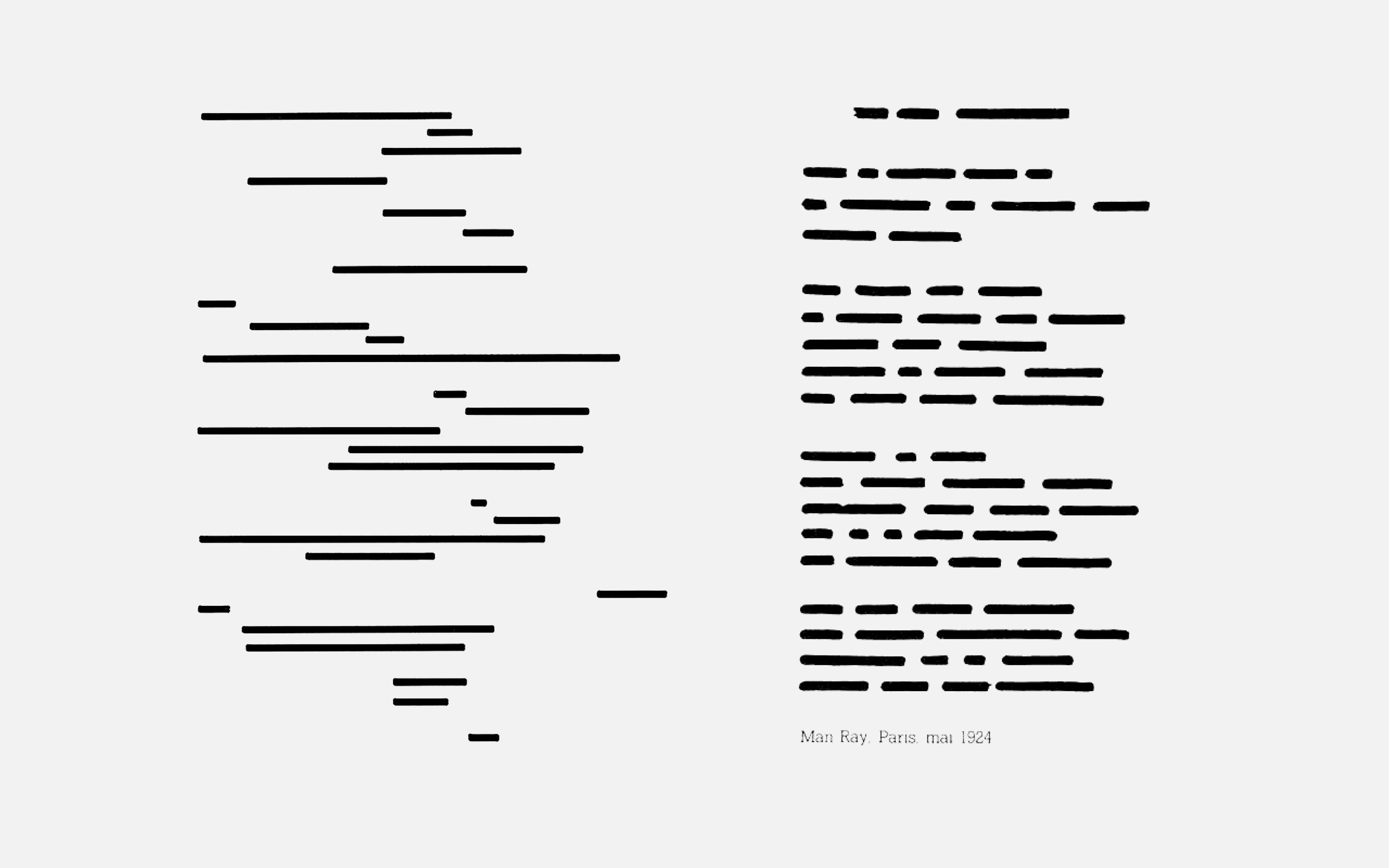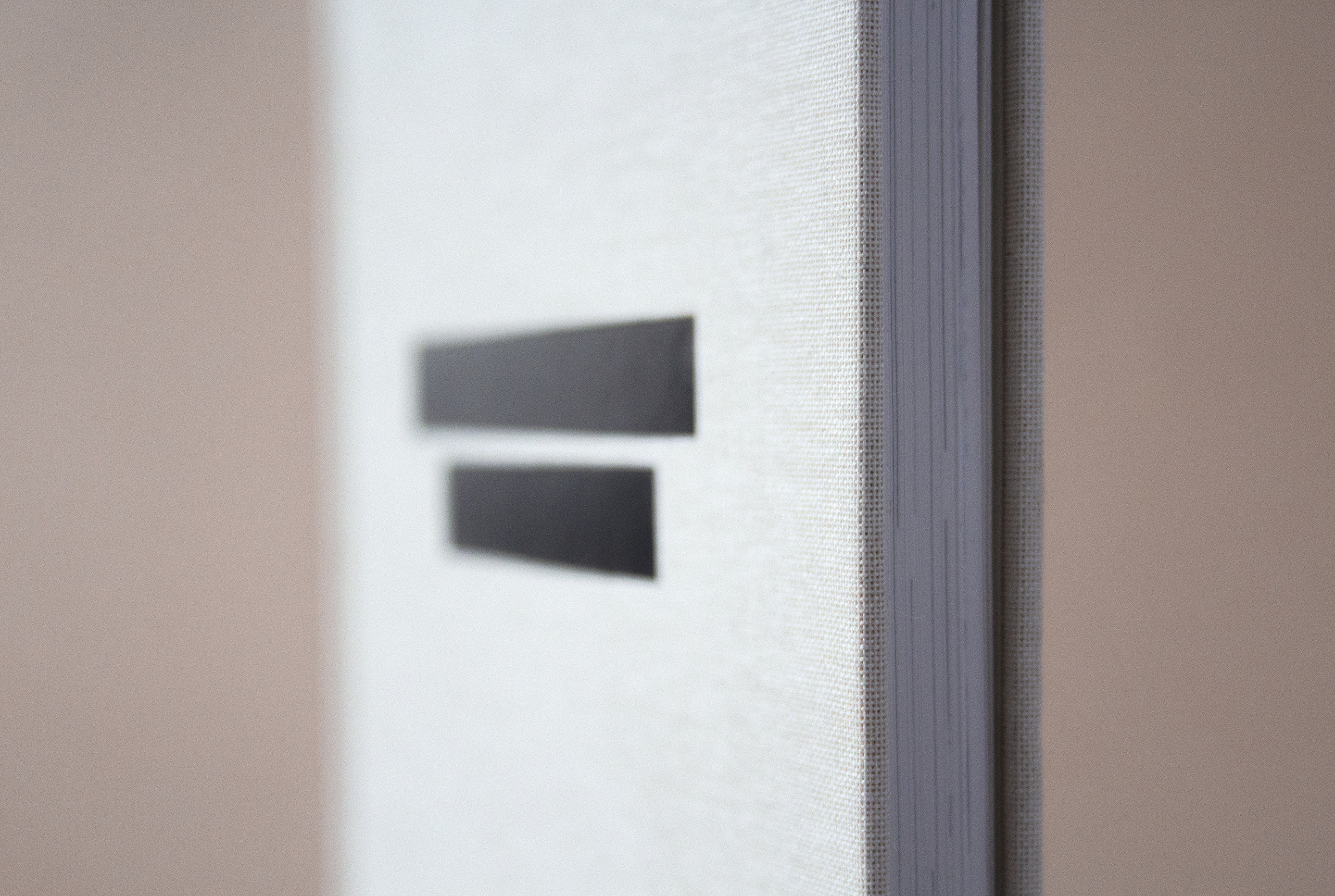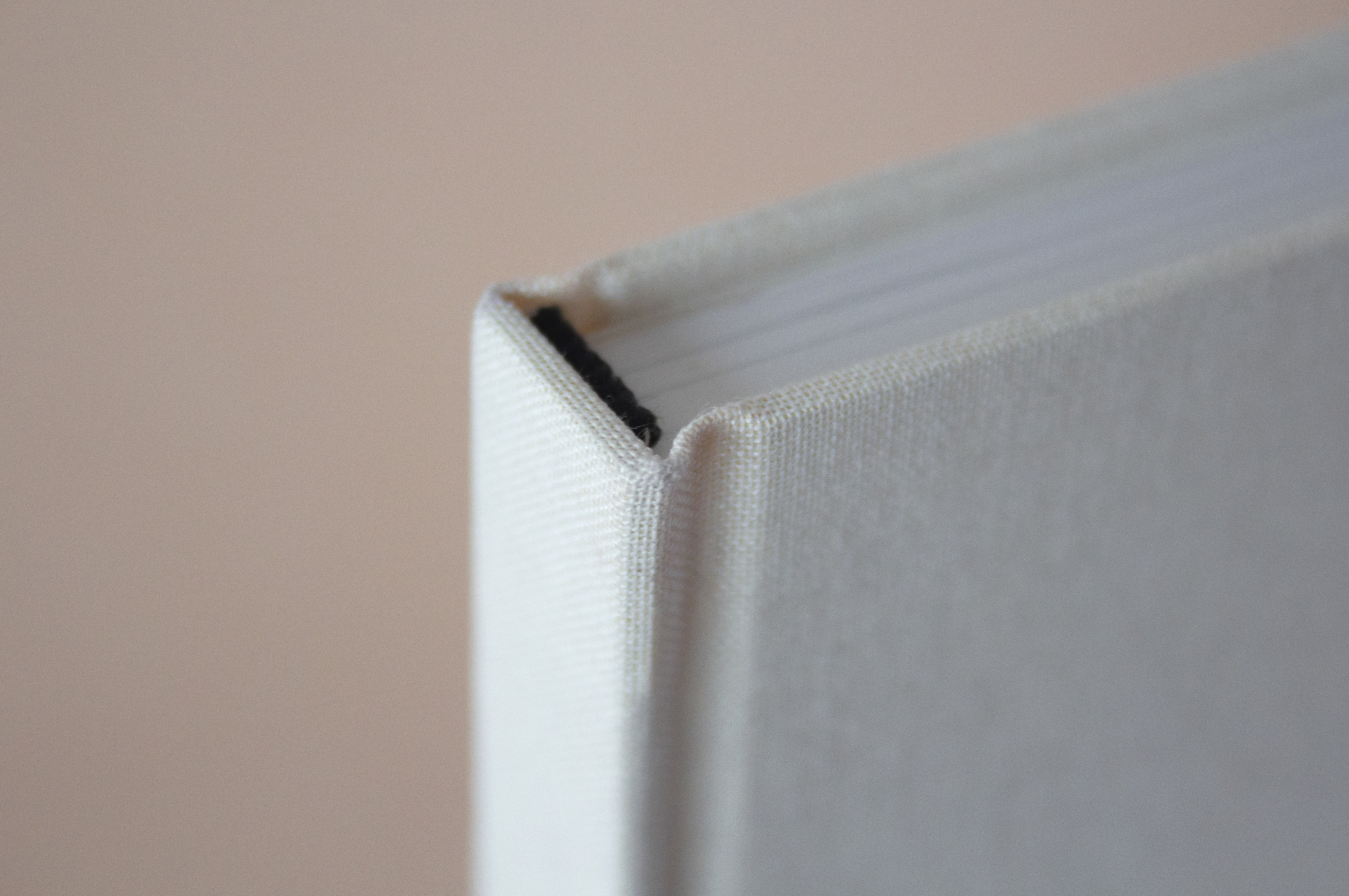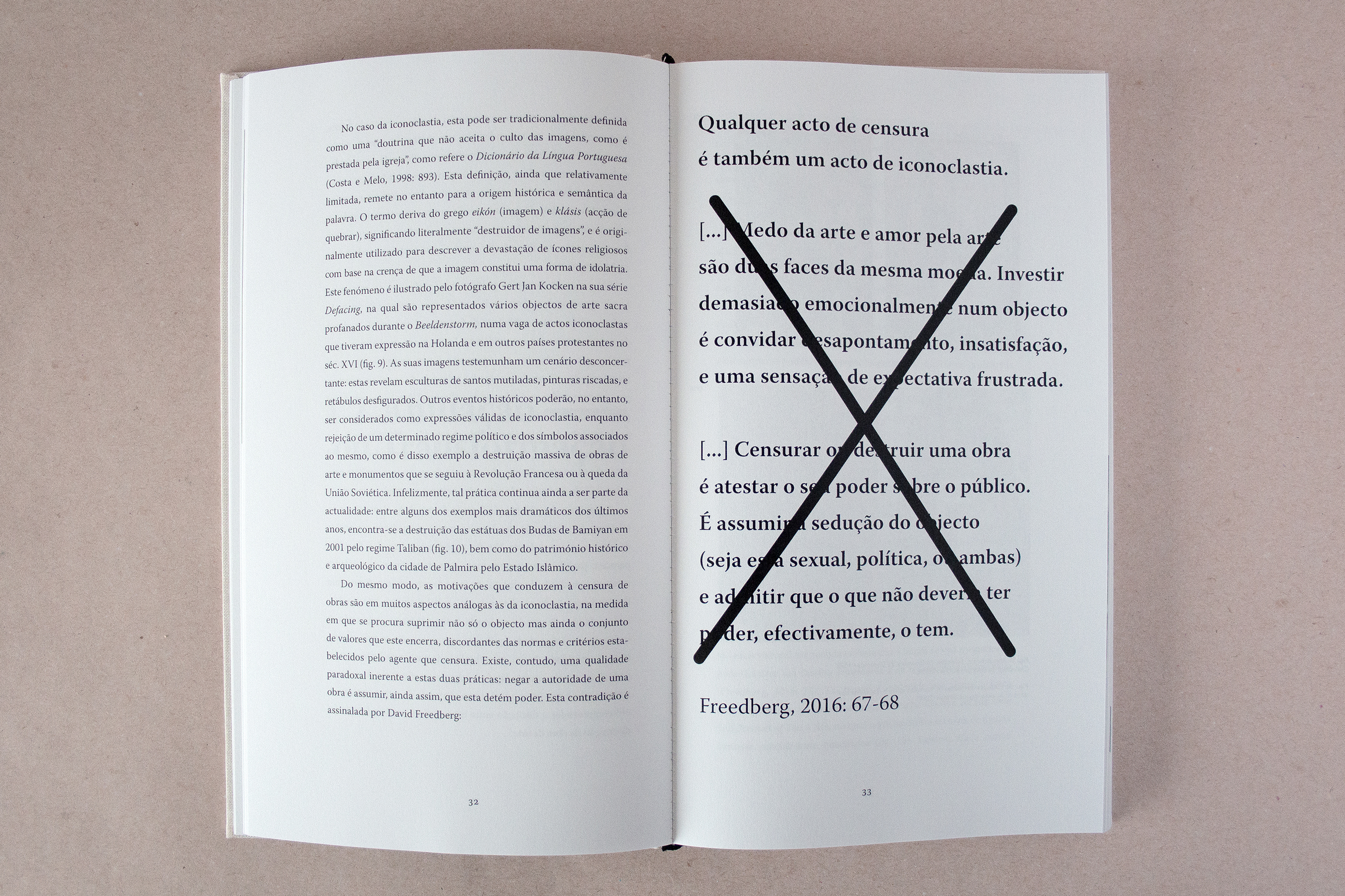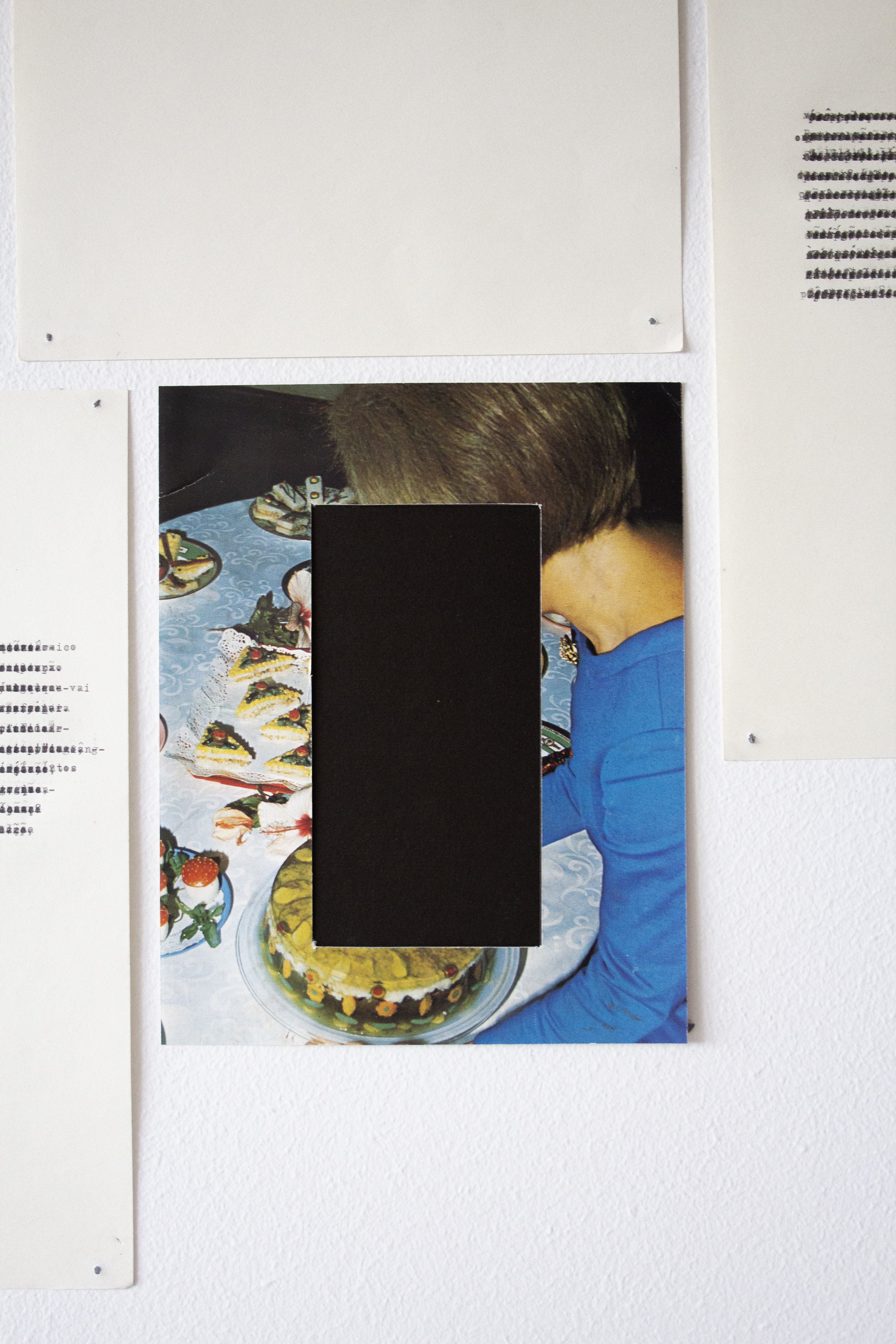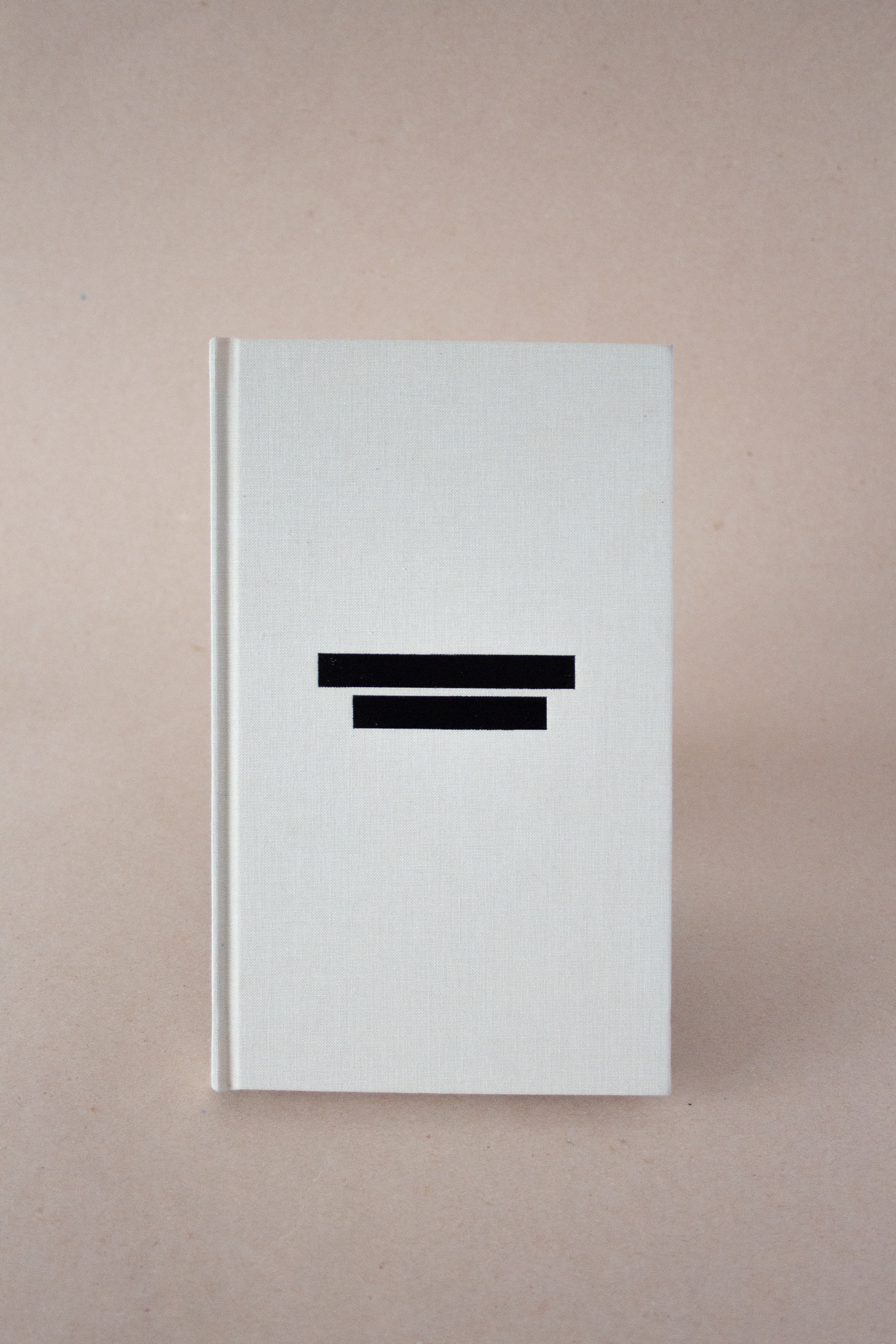Between Absence and Presence
Multimedia Art (MA) University of Lisbon, 2018
―The present research examines the practice of erasure as a device of transformation, capable of assigning new meanings to a given object. This investigation was part of my master thesis in Multimedia Art, in the Faculty of Fine Arts of Lisbon, and resulted in two collective exhibitions: Cenestesia, curated by the College of Arts of Coimbra; and Oitounove presented in Lx Factory in Lisbon.
It is thus necessary to understand how erasure can be incorporated into artistic production, giving new interpretations to preexisting texts, images or records. This leads to the main question of this investigation: is it possible to create meaning from a deliberate act of suppression? In other words, is it possible to attribute value to an object, through a symbolic gesture of cancellation? Such ideas will be fundamental to develop the concept of erasure over the course of this project.
This practice is particularly interesting as a case study since erasure acts as a space of mediation between presence and absence, visibility and invisibility, memory and oblivion, excess and loss, exposure and concealment, creation and destruction. To understand this phenomenon it is, therefore, necessary to reduce it to its most elemental form, as a stage of conflict between two opposing forces: the marking of erasure (the element that suppresses) and the trace of what is under erasure (the suppressed element). It is this permanent state of instability, tension, and fluctuation that creates the potential transformation of meaning.
These ideas culminated in a final installation, Guião para 00:04:45 Horas. For this artistic intervention, I recorded several minutes of television ads that I would later translate as written texts or “scripts”. The scripts would then be printed in a typewriter, but always in the same lines, until the complete illegibility and saturation of the page. Such actions prove that erasure can act not only as a process of subtraction, but also of addition and juxtaposition. This intervention was presented as a 2’57” video loop, accompanying the three original scripts.
The project also includes a special printed edition of the thesis, with 156 pages (136 x 228 mm), printed in Munken Lynx 100g/m² paper and finished with a clothbound cover, with the help of M2 Artes Gráficas. Between Absence and Presence is available in Portuguese and can be found here.
This practice is particularly interesting as a case study since erasure acts as a space of mediation between presence and absence, visibility and invisibility, memory and oblivion, excess and loss, exposure and concealment, creation and destruction. To understand this phenomenon it is, therefore, necessary to reduce it to its most elemental form, as a stage of conflict between two opposing forces: the marking of erasure (the element that suppresses) and the trace of what is under erasure (the suppressed element). It is this permanent state of instability, tension, and fluctuation that creates the potential transformation of meaning.
These ideas culminated in a final installation, Guião para 00:04:45 Horas. For this artistic intervention, I recorded several minutes of television ads that I would later translate as written texts or “scripts”. The scripts would then be printed in a typewriter, but always in the same lines, until the complete illegibility and saturation of the page. Such actions prove that erasure can act not only as a process of subtraction, but also of addition and juxtaposition. This intervention was presented as a 2’57” video loop, accompanying the three original scripts.
The project also includes a special printed edition of the thesis, with 156 pages (136 x 228 mm), printed in Munken Lynx 100g/m² paper and finished with a clothbound cover, with the help of M2 Artes Gráficas. Between Absence and Presence is available in Portuguese and can be found here.
Editorial Design
Installation
Video Art
